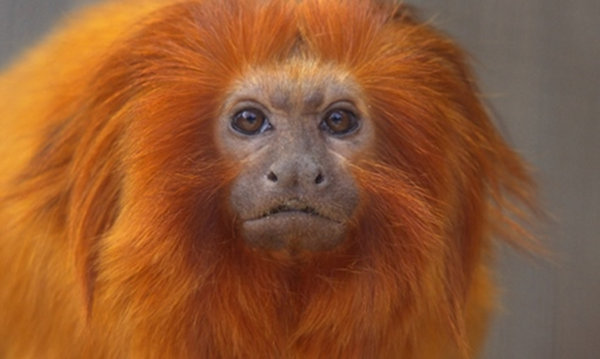Original article: James Borrell: Eight reasons why zoos are good for conservation
The shooting of a gorilla earlier this year reignited the debate about whether animals should be kept in captivity, but we must remember the essential work that good zoos do.
The Biologist 63(5) p9
This summer, a child fell into an enclosure at Cincinnati Zoo with a western lowland gorilla named Harambe, and to protect the child the gorilla was shot. This tragic and much-discussed event rekindled the debate over the role of zoos and aquaria – and much of the coverage was negative.
One would hope that zoos themselves would be proudly showcasing their work, but as I discovered while contributing to an Al Jazeera report on the incident, many are reluctant to speak up due to the barrage of attacks that Cincinnati experienced.
Zoos are not perfect. Should they continue to keep large predators or intelligent primates? Over the next few decades, probably not. Should large new animals be collected from the wild? No, unless there is a compelling case to develop a captive breeding programme.
But are zoos changing and developing? Yes. More than ever, good zoos are aware of their evolving role in conservation and responding to it.
Would I rather have a species in captivity, than not at all? One hundred times, yes.
Here are my eight reasons why zoos are critical to conservation:
- There are 39 animal species currently listed by the IUCN as Extinct in the Wild. These are species that would have vanished totally were it not for captive populations around the world, many of which reside in zoos (or, for plants, botanic gardens).
- For species whose survival in the wild looks in doubt, zoos often set up ‘insurance’ populations, captive groups of animals that could in a worst-case scenario assist in reintroduction to the wild should the original population become extinct. The Zoological Society of London, as an example, participates in more than 160 of these programmes.
- Reintroductions. It is often argued that zoos are bad because so few reintroductions actually happen. I would argue that it’s not the zoos that are at fault – a reintroduction can’t occur if the reason a species was driven to extinction in the first place hasn’t been resolved.
- In 2014, 700 million people visited zoos worldwide. Not all zoos are good at engagement, and indeed not all zoos are good full stop. However, surely that number of visits created some sort of connection with the natural world that might not have occurred otherwise.
- Zoos are a living museum. What we learn about wild animals in captivity can help us manage and conserve them in the wild – from animal behaviour, to reproductive rates, to dietary requirements.
- Zoos raise money for conservation efforts. It’s difficult to engage people with conservation taking place half a world away. But by enabling people to experience wildlife first hand, we can increase participation in international conservation activities.
- Helping respond to emergencies. Chytrid fungus has emerged as a deadly threat to amphibian populations worldwide, and 168 species have become extinct in 20 years. Responding to threats such as this is surely one of the greatest uses of zoos around the world. Many have set up specialist amphibian centres and are pioneering treatment and breeding programmes.
- They remind us that we can succeed. Conservation is full of bad news stories, yet on many occasions I have peered through glass or mesh at a species that shouldn’t exist. For me at least, zoos remind us that conservation does work – we just need more of it.











